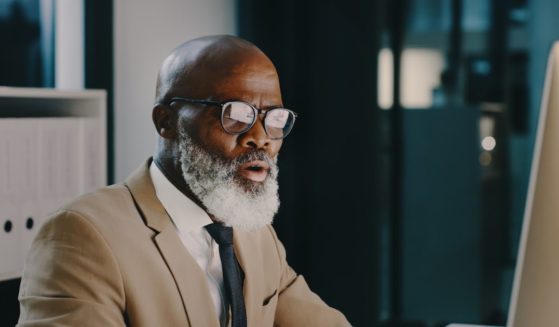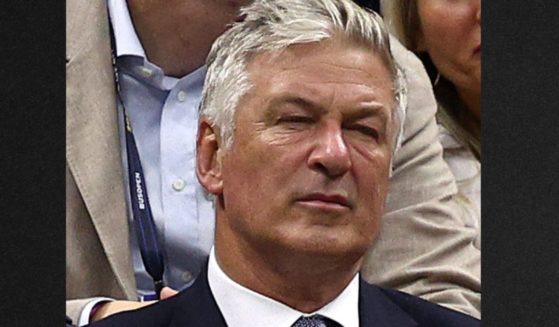Support for All-Year Daylight Savings Time Grows, But Some Experts Say It's a Terrible Idea
Many Americans are so annoyed at the biannual practice of changing their clocks back and forth that they want to make daylight savings time permanent, although some experts think this is a bad idea.
For years, Republican Sen. Marco Rubio of Florida has led the charge to ratify year-round daylight savings time to eliminate what he considers an unnecessary, outdated tradition.
To this end, Rubio reintroduced the Sunshine Protection Act in March, to make DST permanent.
A bipartisan group of senators co-sponsored the bill.
“This ritual of changing time twice a year is stupid,” Rubio said in a statement in March. “Locking the clock has overwhelming bipartisan and popular support.”
Last week, the senator reiterated his support to “lock the clock.”
Making Daylight Saving Time permanent has support from 22 states. Let’s get this done and #LocktheClock pic.twitter.com/Fks7B6yzZh
— Senator Marco Rubio (@SenMarcoRubio) November 3, 2023
Rubio pointed out that the Senate had unanimously passed the Sunshine Protection Act last year and that 22 states also support the bill.
In 2022, the Senate unanimously passed my bill to Lock the Clock on Daylight Saving Time.
Making DST permanent is more popular than ever with 22 states supporting it.
Congress should pass my bill and make this a law once and for all. pic.twitter.com/cjpENFtQce
— Senator Marco Rubio (@SenMarcoRubio) November 3, 2023
In a nutshell, permanent DST means there would be more daylight during the day, but it would get dark earlier in the evening.
“Those in favor of daylight saving time argue longer daylight hours promote safer driving, it’s good for the economy with people shopping after work, and it can lead to a healthier lifestyle of people participating in more outdoor activities,” WFSB reported.
However, Kenneth Wright, a professor of integrative physiology at the University of Colorado at Boulder, disagrees.
“If you look at the expert consensus from the scientific societies that focus on sleep, health and circadian rhythms, all of them agree this is a bad idea,” Wright told CU Boulder Today.
“Yes, we should be getting rid of the time change. But the science suggests we should be sticking with standard time, not daylight saving time.”
The Germans first launched the daylight savings times protocol during World War I to save energy.
“The idea was that extending evening sunlight would mean people wouldn’t use as much energy,” CU Boulder Today reported. “The U.S. followed suit and has since gone back and forth between having it and not having it, including during the energy crisis of 1974, when the U.S. decided to try permanent DST for two years to save energy.”
“At first, 79 percent of the public was in favor of the change,” the website reported. “However, by February, after the first winter of exposure to dark mornings, support dropped to 42 percent, and the law was repealed after only 10 months. It didn’t save much energy, and research showed fuel usage actually increased slightly.”
Whether you’re for or against permanent daylight savings time, the broad consensus is that changing the clocks twice a year is unhealthy and dangerous.
“According to the Johns Hopkins School of Public Health, changing the clocks is associated with heightened mood disturbances, hospital admissions, and elevated production of inflammatory markers leading to heart attacks and strokes,” according to WFSB.
Truth and Accuracy
We are committed to truth and accuracy in all of our journalism. Read our editorial standards.












